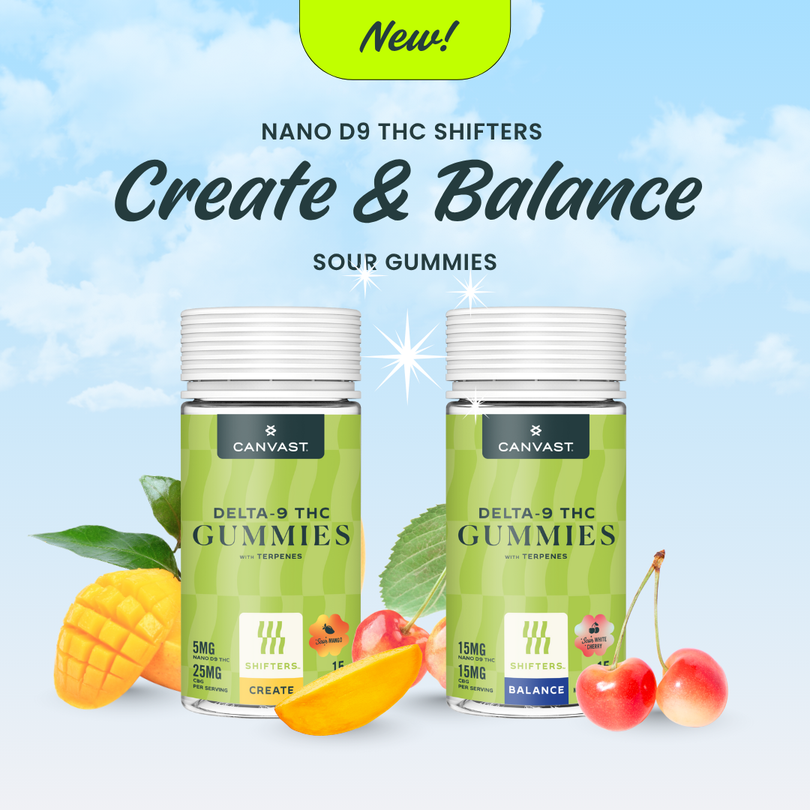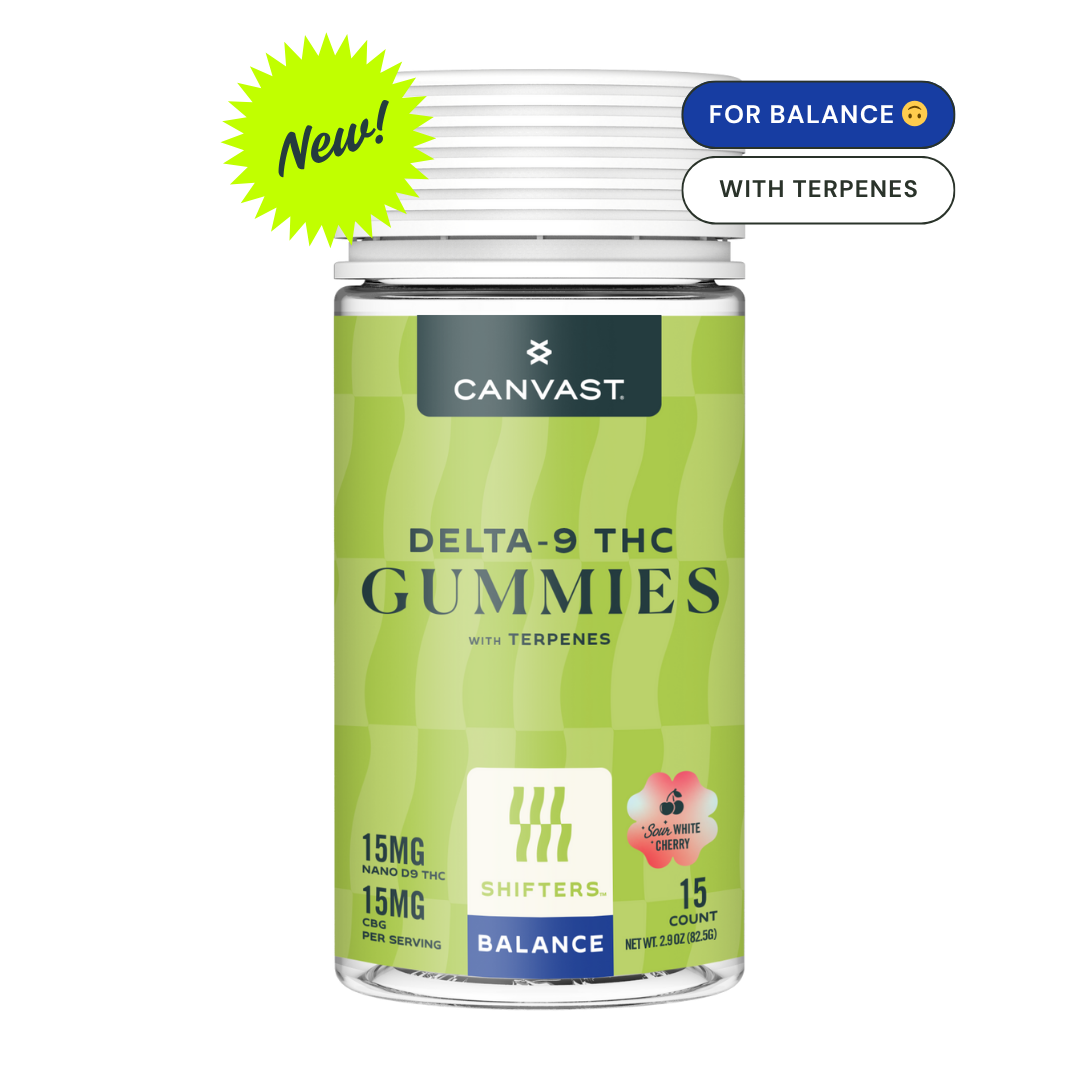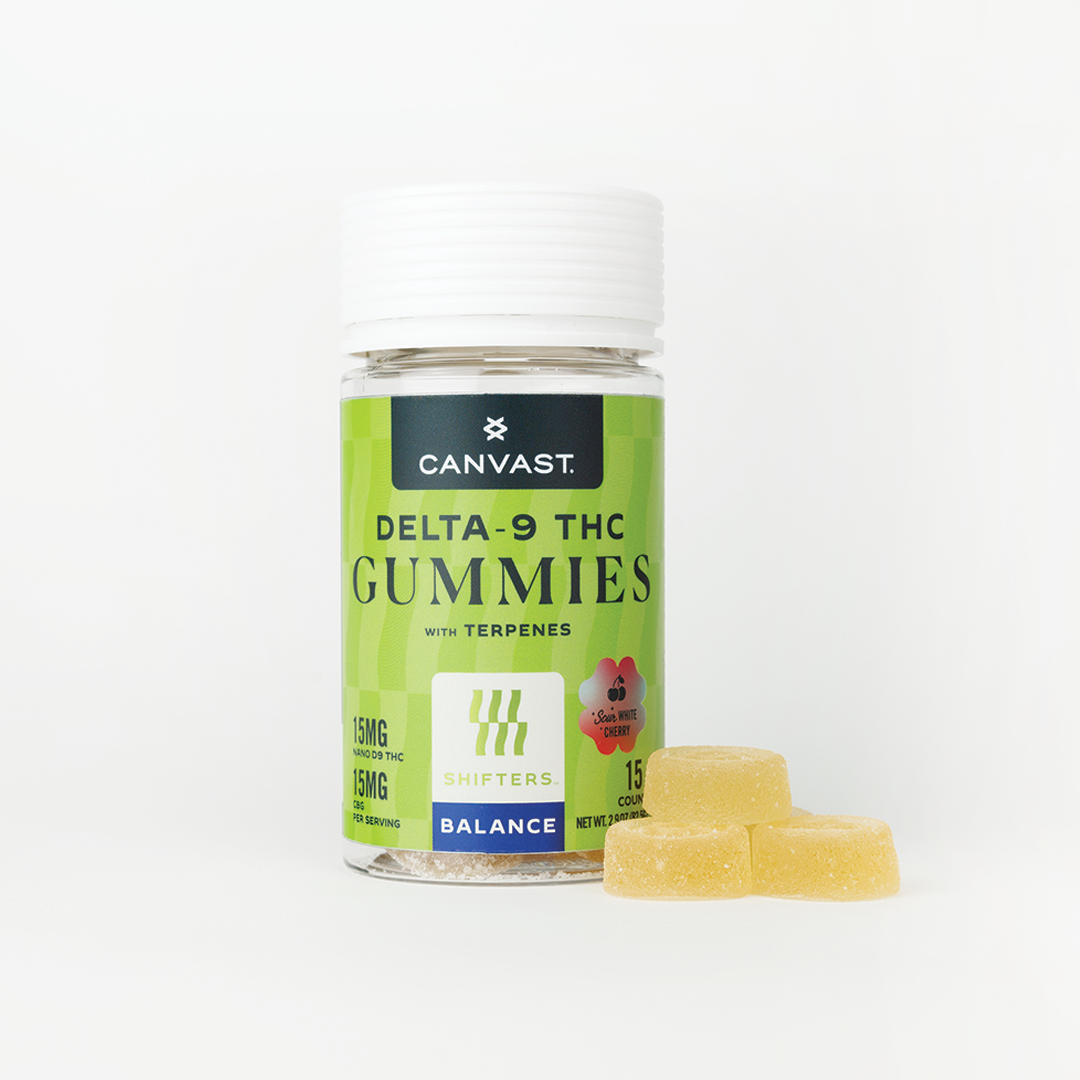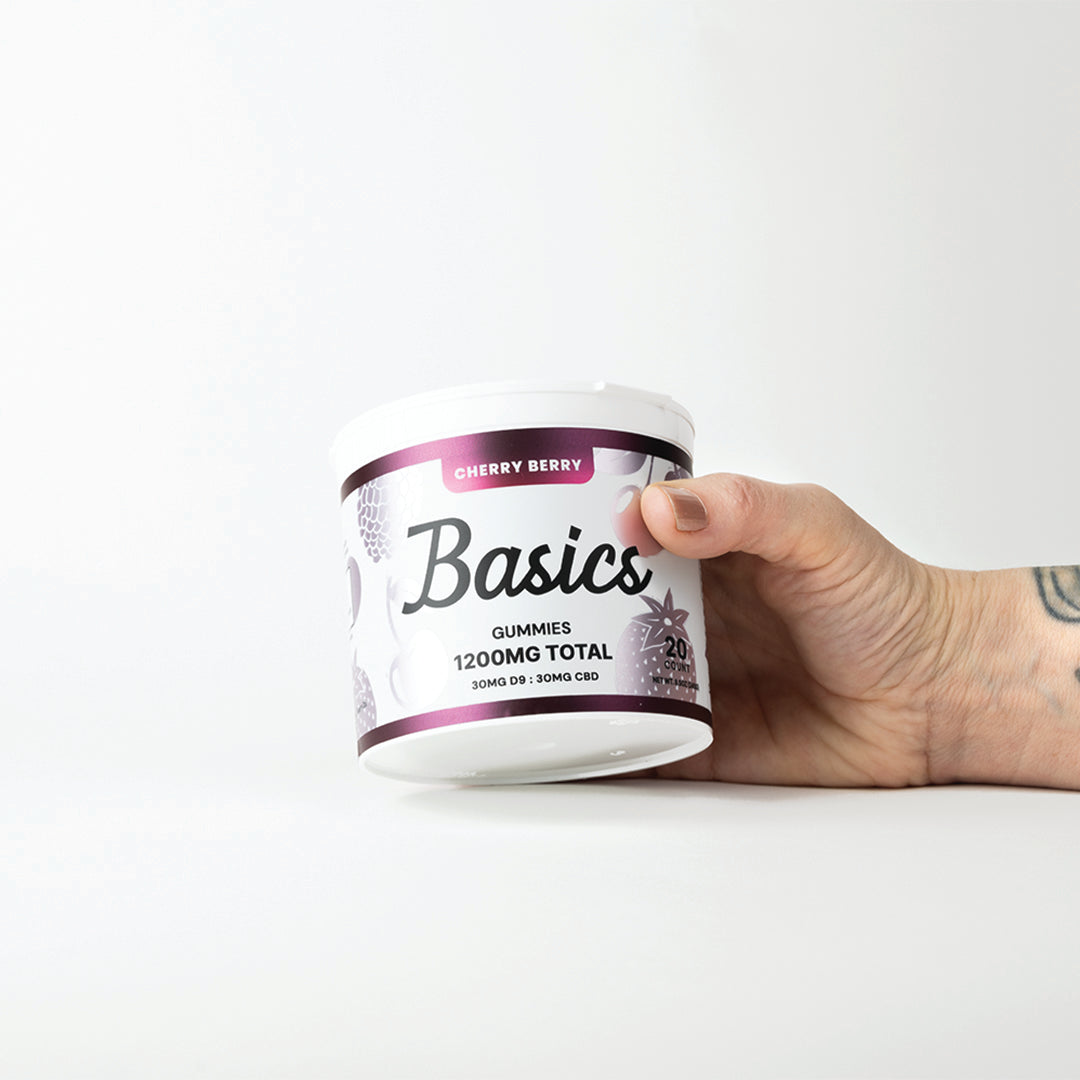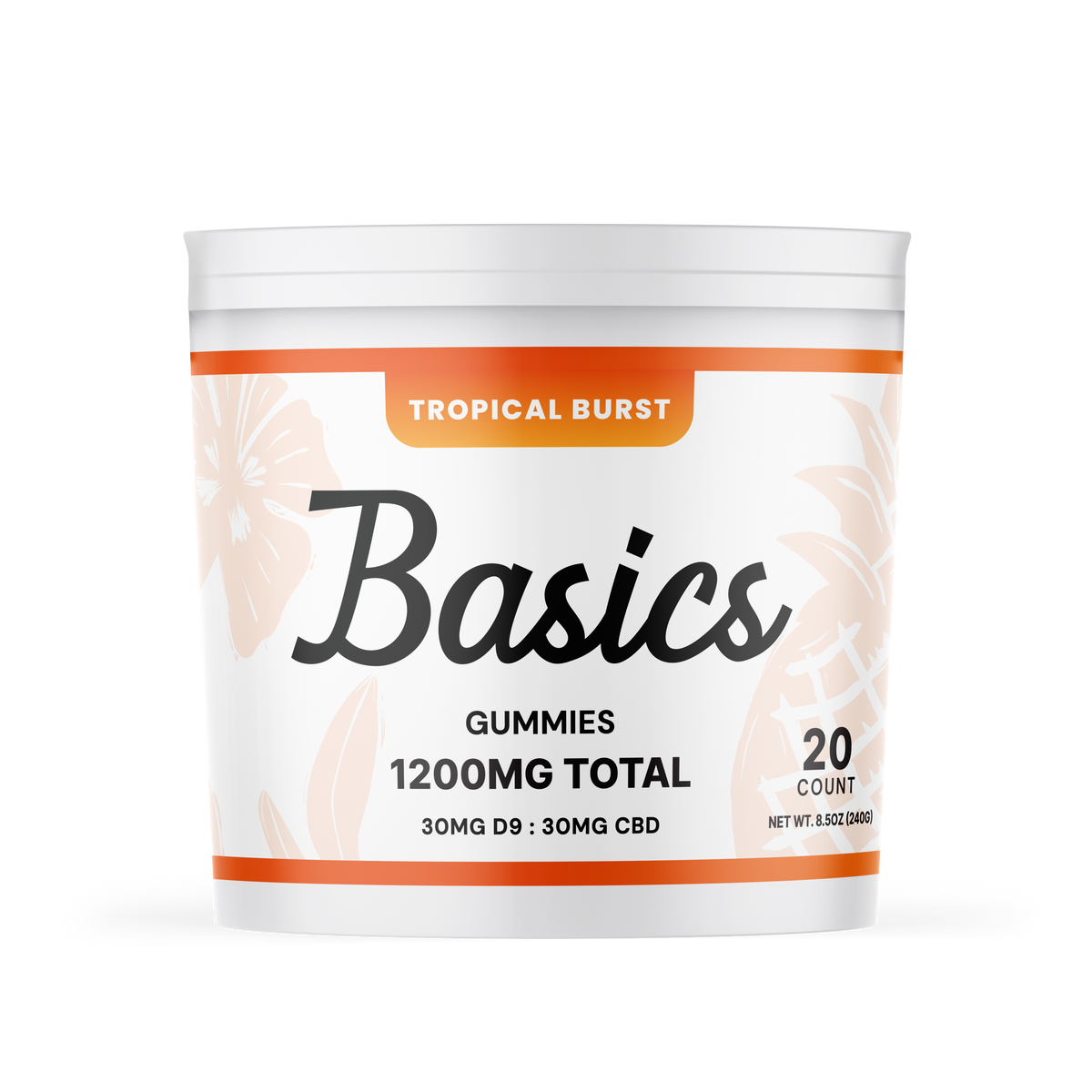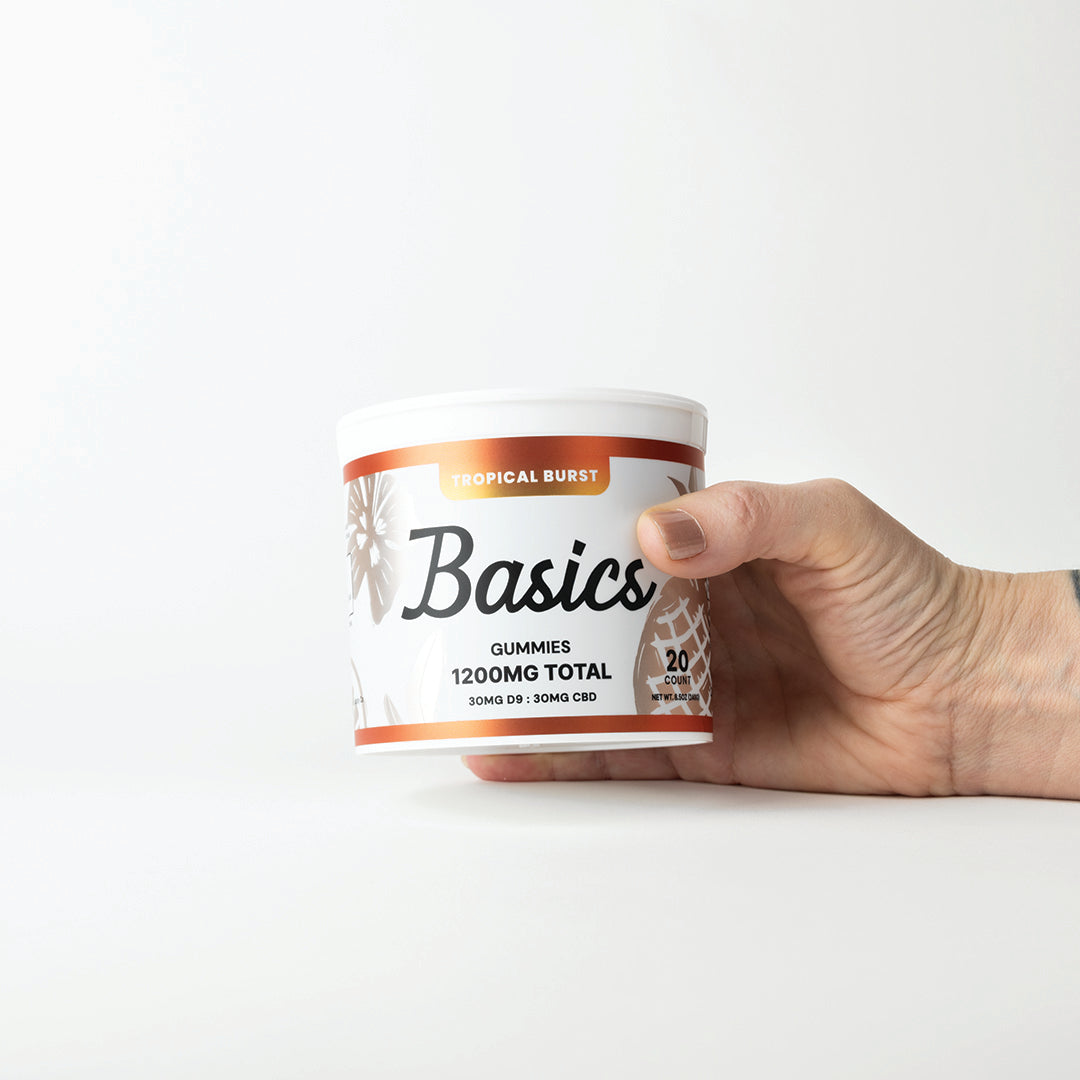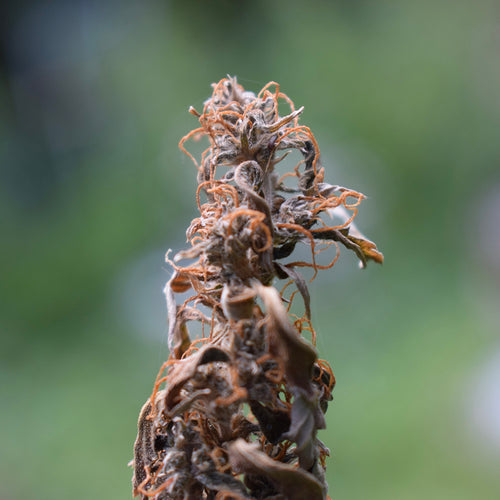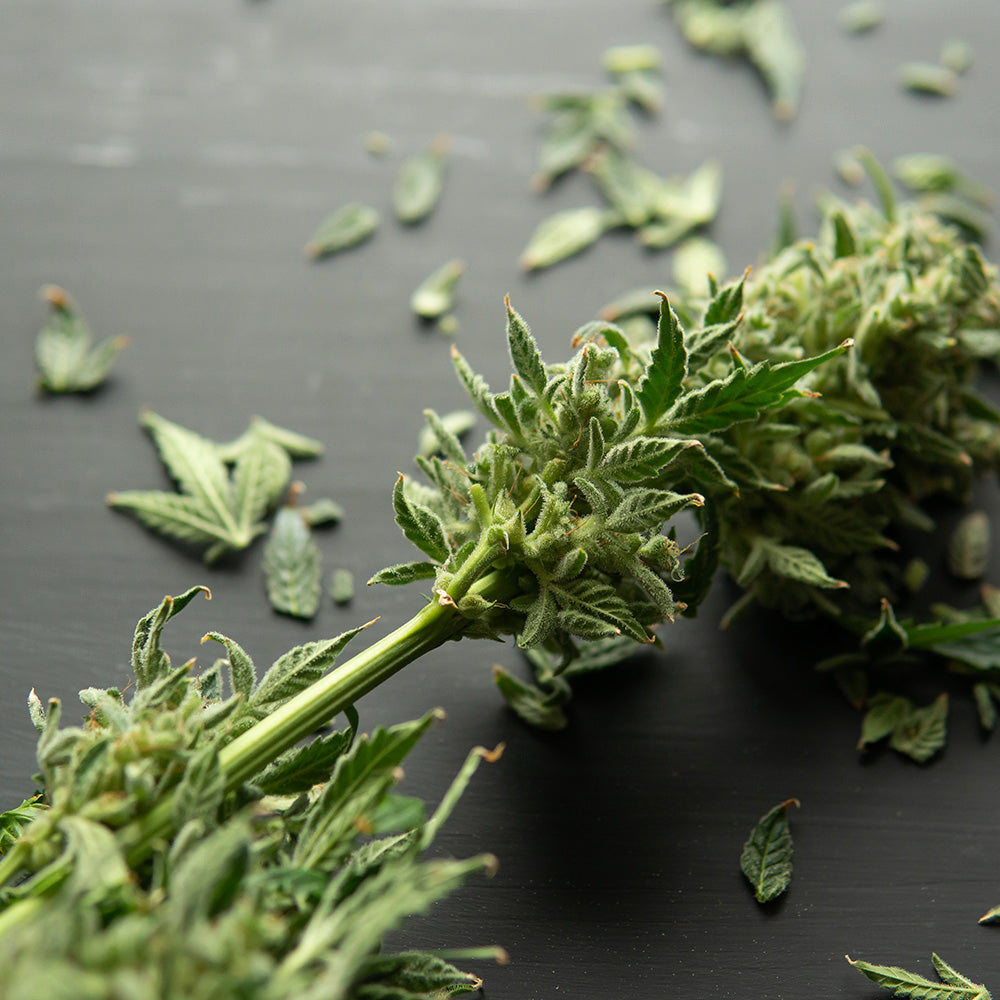What Are Cannabinoids?
Cannabinoids are chemically active compounds found within the Cannabis plant. Each one has its distinctive properties and perpetuates a different effect when being consumed for medicinal purposes.
The two most commonly known cannabinoids are tetrahydrocannabinol (THC) and cannabidiol (CBD). These are probably the most popularly known cannabinoids because they are the most discussed compounds.
Lately, though, you may be hearing of new--or rather, unknown to you--rare cannabinoids.
While all cannabinoids occur naturally within the Cannabis plant, rare or minor cannabinoids are the ones that show up in much smaller amounts. Since rare cannabinoids exist at such low levels within the Cannabis plant, this sometimes makes the extraction process difficult and costly.
Although these cannabinoids might be harder to obtain, we feel confident that the demand for products containing these rare cannabinoids will soon be on the rise.
Although there are hundreds of cannabinoids that exist, we're going to cover three that are gaining popularity and learn what makes these compounds so fascinating!
- Cannabigerols (CBG)
- Cannabichromenes (CBC)
- Cannabinol (CBN)
Keep in mind, this is not an exhaustive list but should get you headed in the right direction. We'll list scientific studies at the end for those who want to go the extra mile.
What is CBG?

Cannabigerol (CBG) is a non-psychoactive cannabinoid found in the Cannabis plant. As the plant matures, this compound converts into others forms of cannabinoids.
CBG starts as cannabigerol acid (CBGA), which is the early stage for most other cannabinoids' composition.
Depending on the conditions, CBGA transitions to CBG or the acidic form of THC or CBD (THCA and CBDA). These acidic versions of each compound precede the final formation of each cannabinoid THC and CBD.
So, in essence, CBG, in its acidic form, paves the way for all other cannabinoids in the plant, earning it the nickname "The Mother of All Cannabinoids."
CBG is gaining pharmacological interest due to the number of studies indicating its properties as an anti-inflammatory, pain reducer, anti-depressant, and many more.
Be sure to check out our Citrus CBG Premium Indoor Hemp Flower.
What is CBC?

Cannabichromene (CBC) is another potent non-psychoactive cannabinoid extracted from the Cannabis plant. Like THC and CBD, CBC also stems from cannabigerolic acid (CBGA).
CBC is piquing the scientific community's curiosity due to many emerging studies that suggest it might be beneficial in treating irritable bowel syndrome, Crohn's disease, post-operative pain, and many others.
What is CBN?

CBN (cannabinol) is best known as the compound formed after THC ages. Because of this, it is found in high concentrations in older, more mature plants.
This mildly psychoactive compound comes from tetrahydrocannabinolic acid (THCA) after it is oxidized.
Out of all the rare cannabinoids, CBN appears to be the most potent sedative of them all, recently appearing in new products indicating insomnia treatment.
CBN also acts as a pain blocker by decreasing the feeling of pain after stimulating the release of peptides from sensory nerves.
The Endocannabinoid System and Rare Cannabinoids
Our endocannabinoid system is a biological cell-signaling system that helps regulate a list of functions within our bodies, including but not limited to:
- Memory
- Appetite
- Mood
- Sleep patterns
- Muscle formation
- Reproductive system
- Learning
- Memory
Cannabinoids react with the endocannabinoid system in different ways depending on the receptor.
For example, CB1 receptors are found in the central nervous system, and CB2 receptors are found in the peripheral nervous system.
The Vanilloid Receptor 1 (TRPV) and transient receptor potential ankyrin 1 (TRPA1) are two receptors that help model our pain perception.
Cannabinoids also work synergistically with plant terpenes to create the "entourage effect" on the endocannabinoid system.
The entourage effect is the term used to describe the upgraded effectiveness of these chemical compounds when consumed together.
Different combinations of cannabinoids and terpenes result in different outcomes on our brains and bodies.
Certain cannabinoids are paired with specific terpenes to produce a precise and repeatable result; however, everyone's body is different.
Conclusion
There is still much to be learned about rare cannabinoids and the fascinating body structure known as our endocannabinoid system.
Don't overlook them nor their relevance to unique Cannabis products entering the market and what this can mean for the future of medicine.
As research unfolds, it will undoubtedly support these rare cannabinoids in products and perhaps even medicines.
Hopefully, the rising amount of consumer interest in rare cannabinoids and a sense of urgency from the public to learn more will propel this research forward.
As promised, below, you will find additional resources and studies for those who want to dive deeper into the benefits of Cannabis.
Sources:
How Many Different Cannabinoids Are There?
A Simple Guide to the Endocannabinoid System


